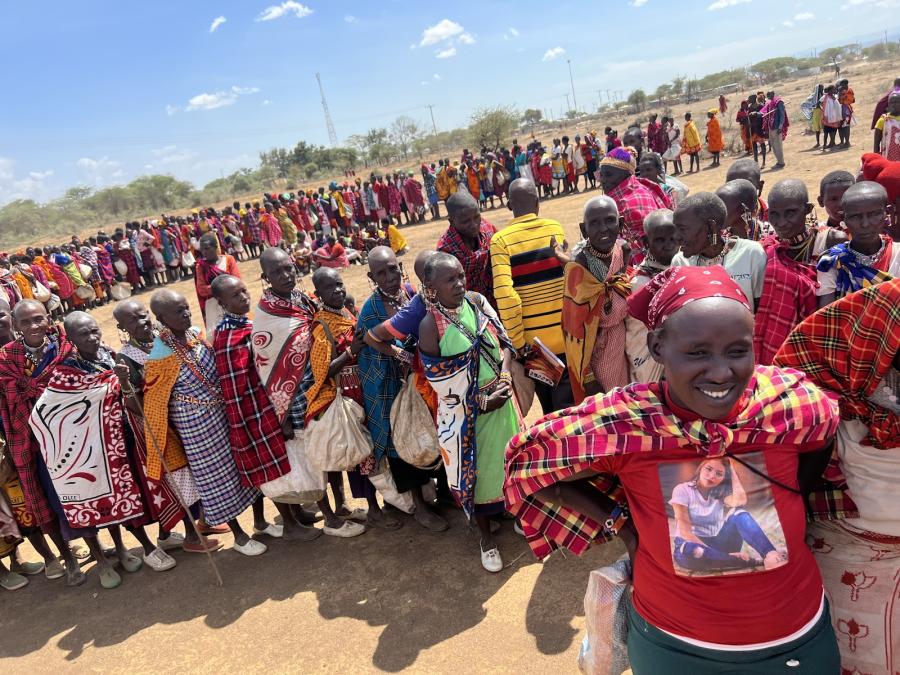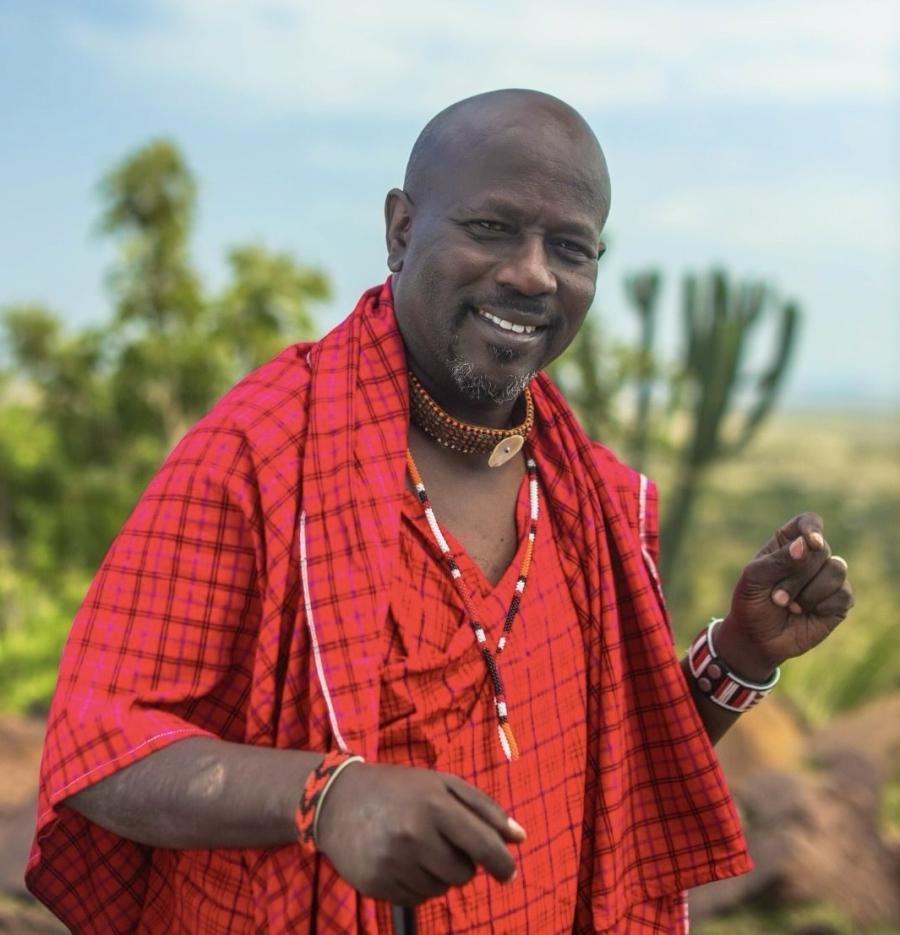The ongoing drought in East Africa has dealt a devastating blow to the survival of pastoralists in the area. Seasonal rains in November and December didn’t fall, leaving an already arid land parched and lifeless.
“This drought, it has made all people poor in this community,” said John Mopel, a Maasai from Kajiado district in Kenya. “When livestock have problems, families have problems—and that means children are sent home from school because families can’t pay for their school fees.”
Many Maasai families have witnessed the death of half of all their livestock, forcing them to search for pasture in urban and forest environments. More than 300 Maasai, Samburu, and Turkana have driven their livestock to pasture on Mount Kenya, where they have been living since December in temporary camps. The mountain areas have plenty of grass for cattle, but the animals are still dying in large numbers. Livestock carcasses bulging with maggots lie in every direction around the grassy camps. Instead of dying from starvation, the cows are dying from internal infections like pneumonia. John Ole Tingoi said that the change to a higher altitude is the major problem. But this is still a better option for Nkidayu Kereto Sururu, who lost more than 150 head of cattle in Samburu district from starvation. He walked nearly two weeks to graze his cattle at Mount Kenya in hopes of keeping some alive.
Maasai from the small community of Doldol seeking pasture on Mount Kenya are forced to herd their cattle down a narrow 60-kilometer corridor bordered by electric fences. The corridor has no water or grass, while on the other side of the electric fence lies more than one million acres of lush private land now used as game ranches by a few British colonial descendants. The last time Maasai brought their cattle to Mount Kenya, in 2000, more than 11,000 cattle died along this road.
The problem is more than mere economic hardship, though that would be bad enough. “If you don’t have a cow, you are not recognized in the community,” says Lengaur Meretuni Leruso, a Maasai from Laikipia district. For the Maasai and other pastoralists, a cow is not only used for sustenance; it also is an integral part of their culture. “Only a cow can be used to make amends between people who have quarreled,” Leruso says.
As a stopgap measure to provide money for school fees and food, the Kenyan Agricultural Development Corporation (ADC) has established a livestock buying program in Laikipia district. John Elipa, an ADC representative, says the Kenyan government will take the cattle to ADC farms, fatten them, and sell them, to create a revolving fund for drought relief in the future.
Lengaur Meretuni Leruso complained that the government only bought his best livestock. Because they paid a low price he could afford to sell only two cows. He acknowledged, though, that government agents were fairer than middlemen at the market, who often exploit the Maasai because they have no other option. “We are still worried that we will not make it through the drought,” Leruso said. “We need to survive for another two months, but we are sure that many more of our livestock will die before then.”
To supplement government aid programs while men are out with the cattle, two local NGOs, the Simba Maasai Outreach Organization and RETO Women, have organized their own relief food distributions. “Now that the cows are so thin, men cannot sell them,” Lucy Lemayian explains. She says that many of the men from Kajiado district have migrated with the cows to Nairobi. “That leaves the women responsible for taking care of the children without help,” she says. In addition to her typical duties of cooking, cleaning, and fetching water and firewood, Lemayian is forced to make and sell charcoal to feed her extended family. But even that is becoming difficult. Grass and leaves, used to cover the cut wood for smoldering, are scarce, and the environment is suffering from deforestation.
Hannah Maloi sells her jewelry at tourist areas; only when people buy her goods is she able to feed her family. She affirms, “Relief food has really helped the people live [through the drought].” Josepat Panin, the chief of Oloshoiboi, has hope that the Maasai will survive through these difficult times. He says, “When we receive help, it reminds us that we need to find new ways to help ourselves.”
—Lisa Matthews



